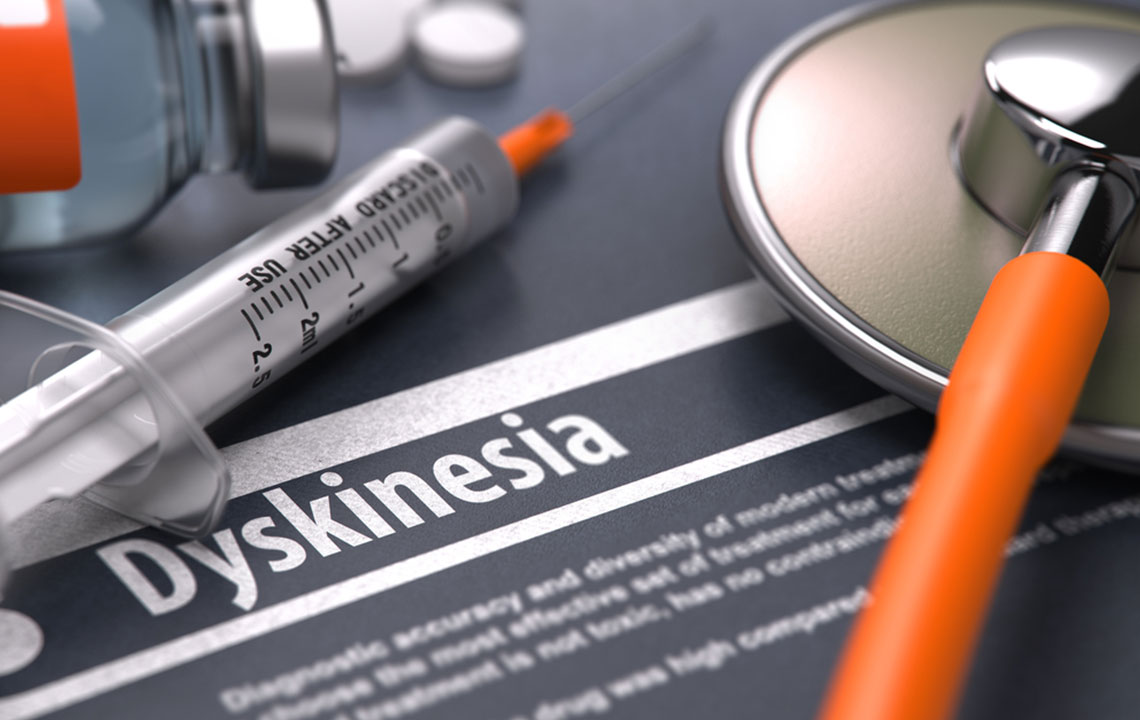Comprehensive Guide to Bladder Infections: Causes, Symptoms, and Effective Management Strategies
This comprehensive guide offers detailed insights into bladder infections, covering causes, symptoms, diagnosis, and the most effective treatment and prevention strategies. Understanding these aspects helps in timely intervention and reduces the risk of complications. Appropriate management—including antibiotic use and lifestyle modifications—can significantly improve urinary health. Whether you're experiencing frequent infections or seeking preventive advice, this article provides valuable information to empower you in managing bladder health effectively, suitable for all age groups, especially women, to prevent recurrent episodes and serious complications.

Understanding and Effectively Managing Bladder Infections (Cystitis)
Bladder infections, medically termed as cystitis, represent one of the most common urinary tract infections affecting a significant portion of the population worldwide. Nearly half of all individuals, regardless of age or gender, are expected to experience at least one episode of bladder inflammation during their lifetime. These infections typically occur when bacteria, particularly Escherichia coli (E. coli), invade the urinary tract, leading to inflammation of the bladder tissues. These bacteria originate from the digestive tract and manage to ascend through the urethra, the tube responsible for expelling urine from the body. While both men and women can develop bladder infections, women are at a much higher risk due to anatomical differences and other contributing factors. Understanding the causes, recognizing the symptoms early, and implementing effective management strategies are critical steps toward alleviating discomfort and preventing complications.
Primary Causes of Bladder Infections
Bladder infections primarily result from bacterial invasion, with E. coli being responsible for the majority of cases, accounting for over 80% of urinary tract infections. The bacteria typically gain access through the urethra, which acts as a gateway into the urinary system. Once bacteria adhere to the lining of the bladder, they multiply and cause inflammation. Several factors predispose individuals to these infections. These include certain behaviors and physiological conditions such as frequent sexual activity, especially with new or multiple partners, which can introduce bacteria into the urinary tract. Delaying urination after sexual intercourse allows bacteria more time to ascend into the bladder. Additionally, individuals with diabetes or those experiencing urinary system modifications—like bladder outlet obstruction or catheter use—are at increased risk. Hormonal changes, especially in women during menopause, can also affect the protective vaginal flora and increase susceptibility. Once bacteria breach the bladder defenses, they can potentially ascend higher into the urinary tract, reaching the ureters and kidneys, leading to more severe infections such as pyelonephritis.
The hallmark symptoms of a bladder infection include cloudy, foul-smelling urine accompanied by discomfort or pain in the lower abdomen. Patients often report a burning sensation during urination, coupled with a persistent urge to urinate, even when little urine is produced. Other common signs include passing small amounts of urine frequently, blood in the urine (hematuria), and sometimes a general sense of malaise. In more severe cases, symptoms extend to back pain, high fever, nausea, and vomiting, indicating possible kidney involvement. Recognizing these symptoms early is vital in seeking prompt treatment to prevent progression to complicated infections.
Diagnostic Procedures for Bladder Infections
Diagnosing bladder infections involves a series of laboratory tests. Urinalysis remains the initial step, providing quick insights into the presence of white blood cells, bacteria, and blood in the urine. Elevated leukocytes and bacteria suggest infection. To identify the specific bacterial strain responsible, a urine culture is conducted, allowing healthcare providers to tailor antibiotic therapy appropriately. In cases where infections are recurrent or complicated, additional tests like ultrasound or cystoscopy might be performed to evaluate the urinary tract's structure and rule out underlying abnormalities. Accurate diagnosis ensures effective treatment and reduces the risk of recurrent infections or complications.
Treatment Options for Bladder Infections
The mainstay of treatment for uncomplicated bladder infections involves a short course of targeted antibiotics. Commonly prescribed medications include fosfomycin trometamol, nitrofurantoin, and trimethoprim-sulfamethoxazole. Typically, the treatment lasts between 3 to 7 days, with the choice and duration depending on infection severity and patient health status. It is crucial to complete the full course of antibiotics, even if symptoms resolve early, to eliminate all bacteria and prevent relapse. Patients may experience side effects such as yeast infections, skin rashes, or gastrointestinal discomfort; healthcare providers manage these accordingly. For persistent or complicated infections—such as those involving the kidneys or in pregnant women—longer antibiotic courses (7 to 14 days) are often recommended, with antibiotics like beta-lactams or fluoroquinolones. Preventive strategies can significantly reduce recurrence risk. These include maintaining proper hydration, urinating after sexual activity, avoiding irritants like caffeine and alcohol, and using vaginal estrogen creams in postmenopausal women. For recurrent infections, healthcare providers may recommend low-dose prophylactic antibiotics to prevent episodes.
In summary, understanding the causes and symptoms of bladder infections empowers individuals to seek timely care. Proper diagnosis and effective antibiotic treatment are essential in managing the condition and preventing it from escalating. Incorporating preventive measures not only reduces the risk of future infections but also promotes overall urinary health. If you experience persistent or severe symptoms, consulting a healthcare professional is vital for appropriate management and to avoid potential complications.





